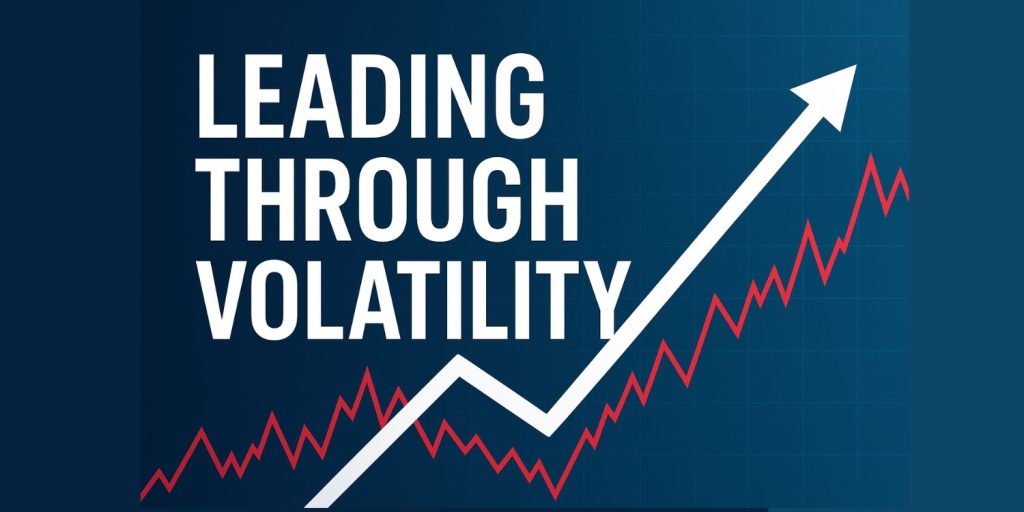Volatility has become the default operating context for higher education. Demographic shifts, funding headwinds, AI-driven disruption, and employer expectations are reshaping what colleges and universities must deliver and how quickly they must adapt. The challenge for leaders is twofold: institutional agility that is real and repeatable, and fidelity to the academic soul that gives higher education its purpose and public trust. Both are possible when strategy, governance, culture, and data practices are redesigned to reinforce one another.
Agility begins with clarity of mission. Institutions that can articulate a sharp academic identity make faster, better choices because trade-offs become visible. Define a short list of signature strengths programs, research themes, community commitments then align resources to those priorities. Sunsetting must be as disciplined as scaling. A portfolio review cadence each year that scores programs on mission fit, learner demand, outcomes, cost-to-serve, and strategic externalities establishes a habit of reallocation without constant crisis.
Governance needs speed with safeguards. Create decision rights that push authority closer to the work while protecting academic standards. For example, empower colleges to pilot new certificates with time-bound approvals and pre-set success metrics, while keeping program learning outcomes, assessment frameworks, and academic integrity under senate oversight. Use standing “rapid response” committees with cross-functional membership academics, finance, IT, student services to deliver 30-60 day recommendations on emergent issues like AI policy, cyber events, or regulatory changes.
Culture is the true engine of agility. Faculty and staff will move faster when they co-own the change. Replace one-off town halls with design sprints and working studios where cross-disciplinary teams prototype solutions curriculum tweaks, enrollment journeys, advising improvements and test them with students within weeks. Recognize and reward evidence of iteration: revised syllabi with clear skill mapping, new forms of authentic assessment, or streamlined administrative workflows that cut turnaround times. Psychological safety matters. Publish “learning memos” after pilots that capture what worked, what didn’t, and what will change next.
Data informs speed when it is accessible, relevant, and trusted. Build an integrated student success and operations layer that surfaces a handful of leading indicators, not endless dashboards. For learners: application yield by segment, melt risk, gateway course performance, attendance signals, internship attainment, and time-to-first job. For operations: section fill rates, cost-per-credit delivered, backlog of IT and facilities tickets, and budget burn rates against strategy projects. Move from quarterly retrospectives to weekly rhythm meetings that pair these indicators with narrative context from frontline teams. Data literacy training for chairs, deans, and directors ensures metrics guide decisions rather than intimidate or distort.
Do not let data flatten the academic soul. Quantitative measures should be complemented with qualitative evidence: student narratives, peer review, employer panels, community feedback, and artifacts of learning. Treat the classroom as a site of inquiry. Encourage Scholarship of Teaching and Learning, publish internal teaching case studies, and host peer-observed classes that focus on pedagogy, not surveillance. Protect faculty autonomy within agreed outcomes by specifying the “what” competencies and integrity standards while giving latitude on the “how” methods and materials.
Technology can accelerate agility if it serves pedagogy and people. Adopt interoperable platforms that reduce swivel-chair work and expose APIs for future integration. Use AI to draft, not decide: course outlines, rubrics, advising messages, and grant summaries should start faster but finish with human judgment. Establish guardrails for privacy, bias, and academic honesty, and embed these in policy and orientation for students and staff. Digital transformation should free time for high-value human interactions advising, mentoring, research supervision not replace them.
Student-centeredness is the compass. In volatile markets, institutions win by delivering outcomes that matter: belonging, learning, and employability. Integrate services through a single front door and a shared case record so that academic, wellbeing, and career supports function as one experience. Tie resources to equity goals with disaggregated metrics and targeted interventions. Make work-integrated learning a norm: micro-internships, live projects, and community-engaged research embedded into curricula, with reflective assessment that maintains academic rigor.
Financial resilience underwrites all of the above. Diversify revenue through modular offerings for adult learners, stackable credentials, summer intensives, and mission-aligned corporate partnerships. Apply stage-gate investment to new initiatives, fund discovery, validate demand, then scale only when milestones are met. Build rolling 12-quarter forecasts and scenario plans that pre-commit actions for enrollment dips or cost shocks. A healthy reserve policy and transparent budget narratives build trust and reduce firefighting.
Leadership presence ties it together. Communicate early and often with candor about constraints and criteria. Share the scorecard openly, celebrate small wins, and show the logic behind no-go decisions as much as go decisions. Develop successors through stretch roles, rotating chairs, and co-leadership of strategic projects. Most importantly, model the scholarly virtues the academy cherishes curiosity, humility, rigor, and service so that the pursuit of agility never eclipses the purpose of education.
Volatility will not relent. Institutions that thrive will be those that move quickly with their values intact, agile in process, anchored in purpose, and guided by evidence that illuminates rather than overrides the human work of teaching, discovery, and formation.
